Are you fascinated by the Earth's natural history? These are the geology museums you should visit in Saxony:
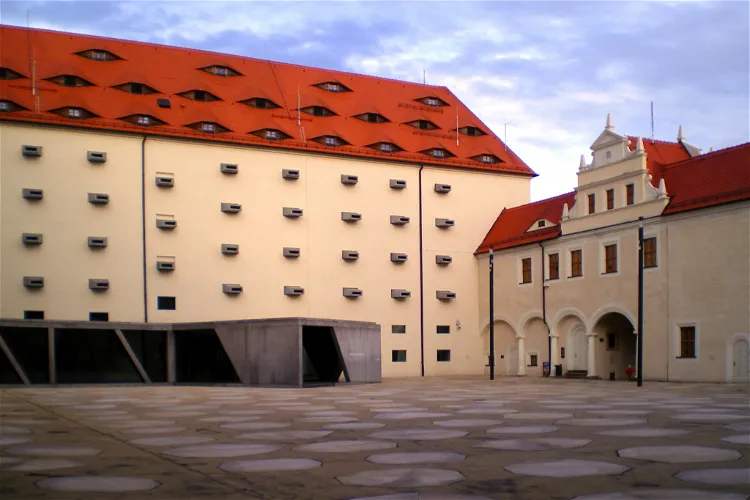
terra mineralia
FreibergTerra Mineralia, located in Freudenstein Castle in Freiberg, is a mineral exhibition that boasts over 3500 exhibits. This makes it one of the largest mineral exhibitions in the world, offering a unique opportunity for visitors to explore a vast collection of minerals, gemstones, and meteorites from around the globe.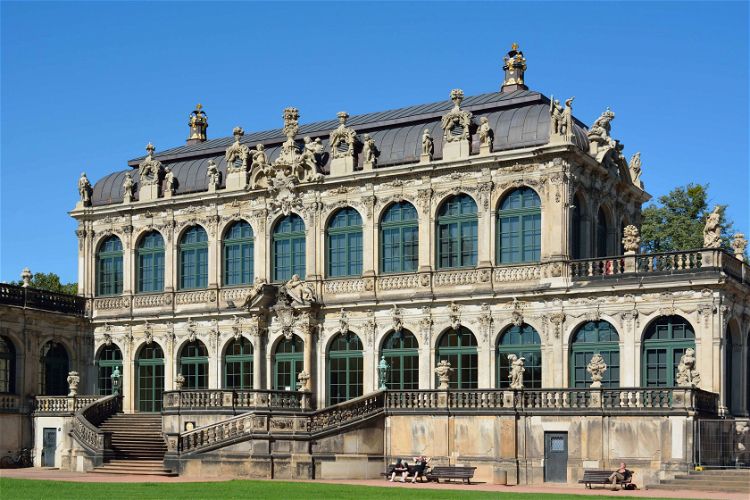
Royal Cabinet of Mathematical and Physical Instruments
DresdenRoyal Cabinet of Mathematical and Physical Instruments (Mathematisch-Physikalischer Salon) is a museum in Dresden that belongs to the Staatliche Kunstsammlungen Dresden. It is a museum of historic clocks and scientific instruments. The museum holds and exhibits a collection that includes globes, ast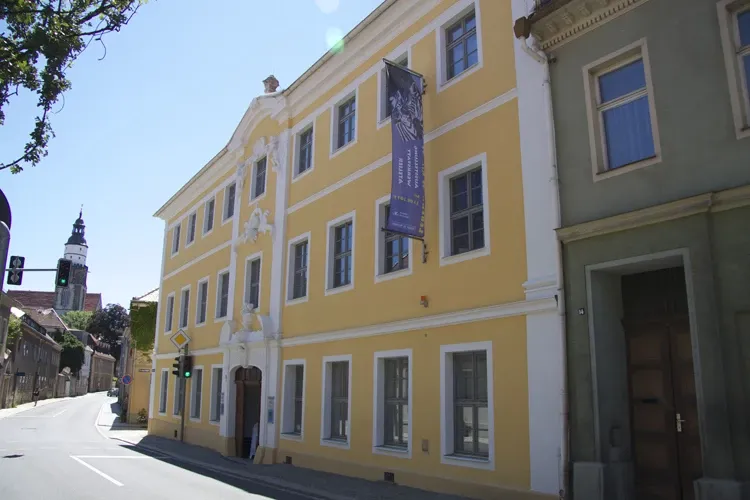
Elementarium
KamenzThe Museum der Westlausitz Kamenz is a regional landscape museum located in Kamenz. It offers a comprehensive exploration of the landscape, nature, history, and culture of the western Oberlausitz (Westlausitz). The museum's collections cover cultural history, archaeology, geology, zoology, and botany of the region, providing a rich and diverse experience for visitors.
Schauanlage und Museum der Granitindustrie
HaselbachtalThe museum offers a comprehensive view of the production process from extraction to processing and loading. Visitors can see a functional stone splitting machine, a cable crane system, various derrick cranes, and a large stone gang saw. These exhibits provide a hands-on understanding of the granite industry's operations.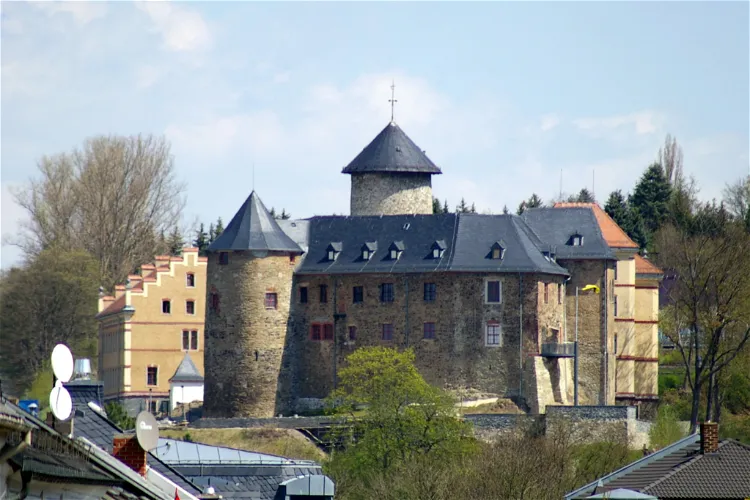
Schloß Voigtsberg
OelsnitzThe Voigtsberg Castle, which was later renamed Schloss Voigtsberg, is a typical high medieval castle. It was significantly damaged during the Thirty Years' War and was subsequently rebuilt into a castle. This transformation has given the structure a unique blend of architectural styles, making it a fascinating site for history and architecture enthusiasts.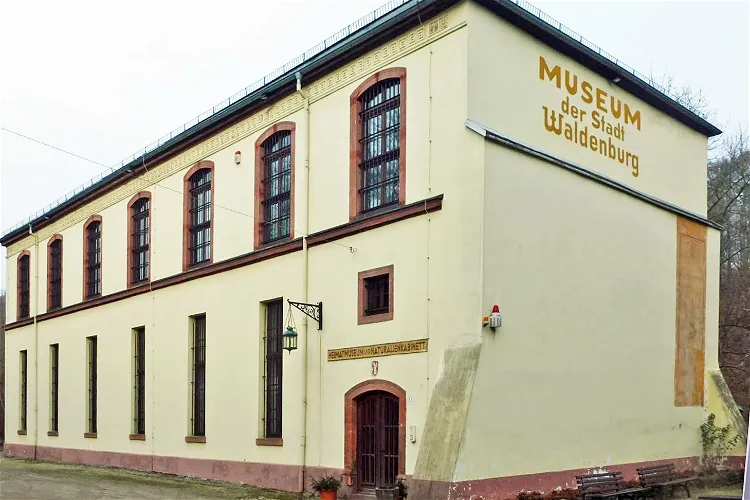
Museum - Natural History Collection Waldenburg
WaldenburgThe Museum – Naturalienkabinett in Waldenburg (Saxony) is home to the Naturalienkabinett of the Princes of Schönburg-Waldenburg. This collection has been housed in the outdoor area of Waldenburg Castle since the 1840s, making it a significant part of the region's history.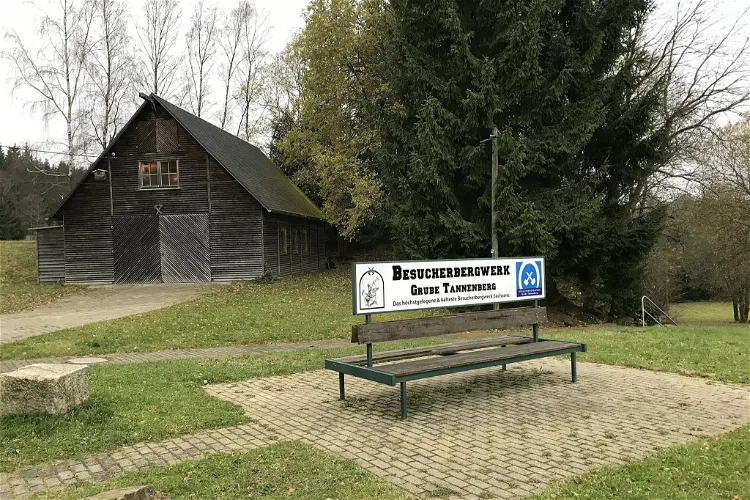
Besucherbergwerk Grube Tannenberg
SchneckensteinThe Tannenberg mine, located south of Tannenbergsthal in the district of Schneckenstein, is a former tin mine in the Saxon Vogtland. Today, it serves as a visitor mine, offering tourists a unique opportunity to explore the history and workings of a traditional tin mine.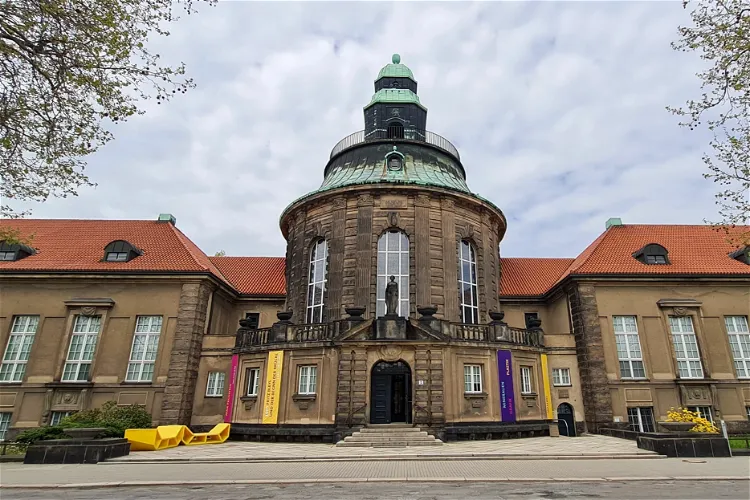
Kunstsammlungen Zwickau
ZwickauThe museum today houses a variety of collections, including art collections and a sculpture collection. It also features a mineral collection that dates back to the Zwickau mining factor Ernst Julius Richter. Additionally, the museum is home to the Ratsschulbibliothek, adding to the diverse range of exhibits that visitors can explore.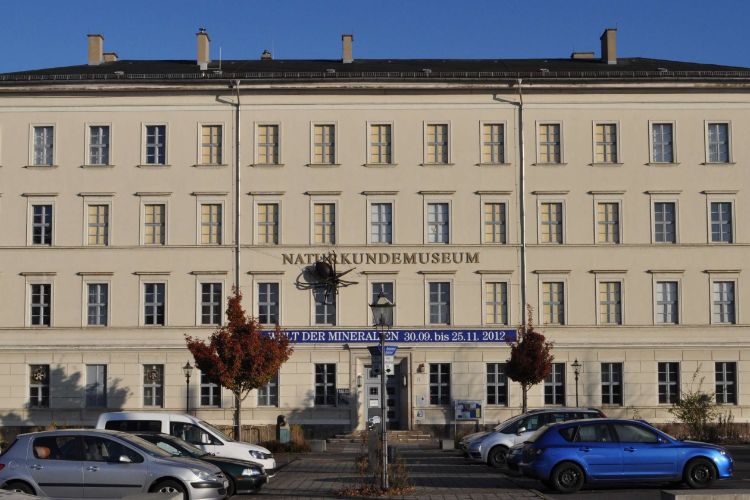
Naturkundemuseum
LeipzigThe Naturkundemuseum is a natural history museum in Leipzig with geological-paleontological, botanical, zoological and archaeological collections. The museum includes the insect collection of Alexander Julius Reichert. The collections contain a large number of scientifically valuable exhibits. Among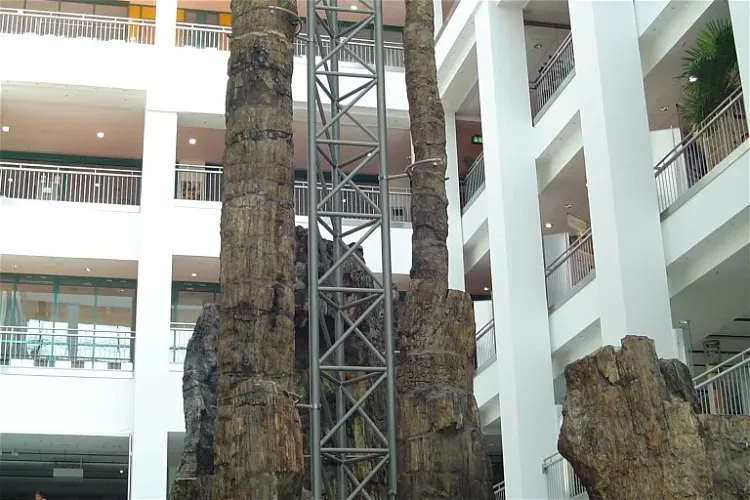
Museum für Naturkunde
ChemnitzThe Museum für Naturkunde Chemnitz, established in 1868, is a natural history museum situated in Chemnitz, Saxony. It is home to a vast collection of over 300,000 exhibits. Among these are the Sterzeleanum, a historical cabinet, and the Insectarium. The museum also hosts rotating special exhibitions, providing visitors with a variety of experiences and insights into the natural world.- 11
Heimatmuseum Wilsdruff
WilsdruffThe Heimatmuseum Wilsdruff, which was once known as the Heimatsammlung Wilsdruff, was established by Artur Kühne and Alfred Ranft. This local and natural history collection was opened to the public in 1919. The museum has been housed in the ground floor of the current Oberschule am Gezinge in Wilsdruff since its inception.